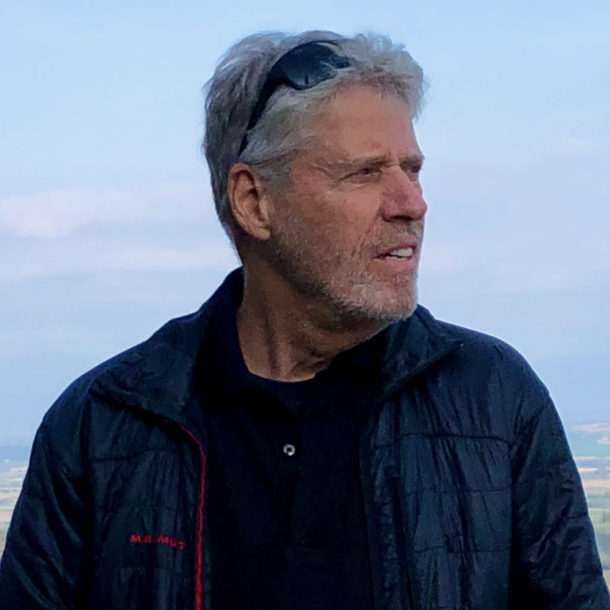It’s no surprise that Presidents Xi and Obama declared 2016 to be the Year of China-U.S. Tourism. I was fortunate to be invited by the Chinese National Tourism Administration to the ceremonies that kicked off the year in China. The biggest event was held at the Jinshanling section of The Great Wall in late March, a few weeks after the beginning of the Year of the Monkey.
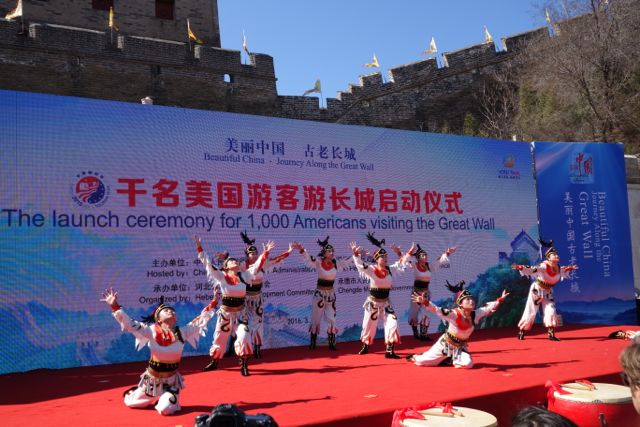
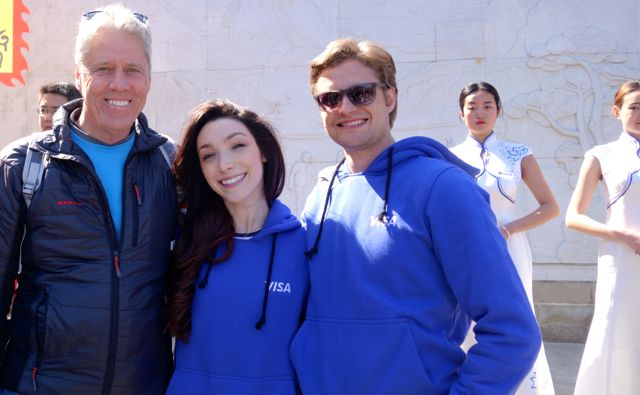
For a decade I have been hosting Americans who are seeking a custom travel experience in China. On this most recent visit, courtesy of the CNTA and Air China, I discovered even more places to take my fellow Americans.
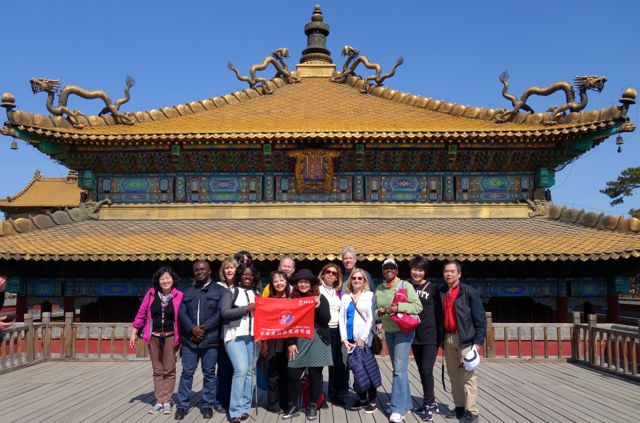

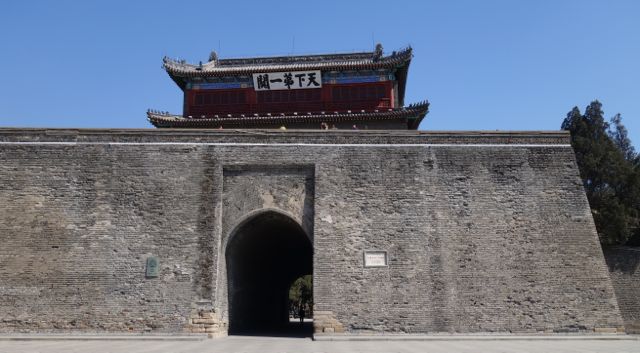
Surprisingly, this was also my first visit to Chengde, despite its close proximity to Beijing, only about 3 hours away by bus on a very good highway. In a few years, given China’s propensity for building out infrastructure, there will also be both high-speed rail and an airport.
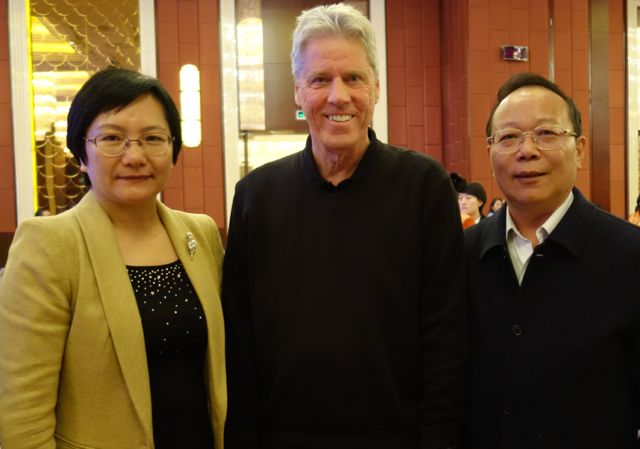
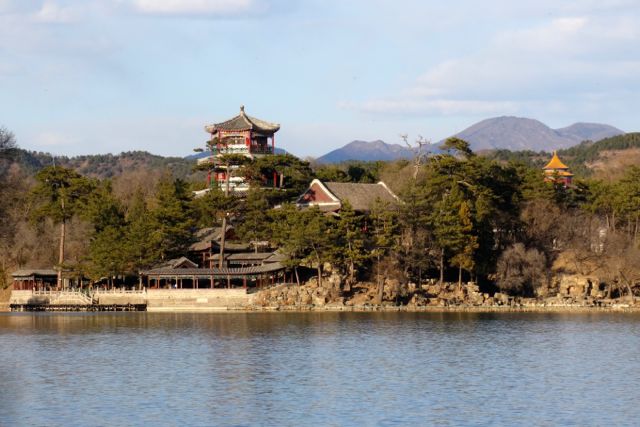
As we like to say, China is a big country, with a great deal to experience. The same can be said for the United States. I recently hosted Chinese travelers to places as diverse as Las Vegas and The Grand Canyon (40% of Chinese tourists to the U.S. visit a national park). Despite some of the challenges of language I write about here, travel embraces understanding and brings our cultures closer together. The Year of China-U.S. Tourism supports these efforts.
What’s upscale?
I always try to stay at the Westin Financial Street in Beijing, with a hotel tower and executive residence tower and the finest staff.
The Jiahe International Hotel in Chengde is a Chinese hotel offering a true 4-star experience (except for coffee).
What’s budget?
Visits to The Great Wall, the Chengde Mountain Resort and most other Chinese landmarks are quite reasonably priced to attract a mass audience.


